Blue Tit
Cyanistes caeruleus (Linnaeus, 1758)
BT
 BLUTI
BLUTI  14620
14620

Family: Passeriformes > Paridae
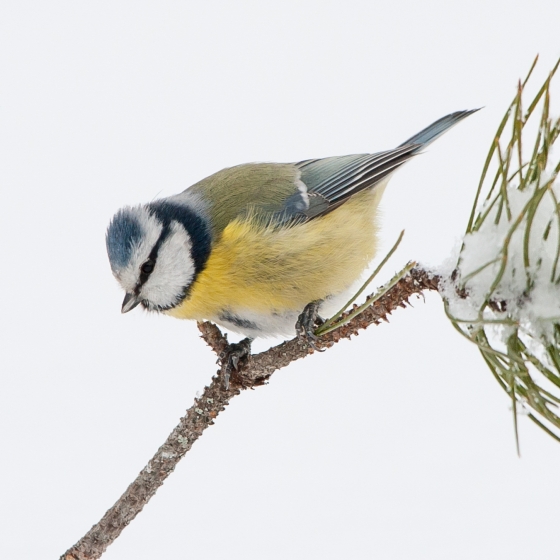
This is a colourful little bird, and a familiar garden favourite. It is also common in woodland, hedgerows, parks and gardens.
Blue Tits have distinctive blue-green and yellow plumage and a blue cap. They regularly visit garden feeders and use nest boxes. Sexes are similar but, on average, males have slightly brighter colours than females.
The Blue Tit is a common resident breeder, widespread everywhere in Britain & Ireland except the Northern Isles and parts of the Hebrides. The UK population trend is stable, with some fluctuations.
Blue Tits often form mixed flocks with other tit species, especially in winter. In natural settings, they nest in tree holes and an average of of eight to 10 eggs once, sometimes twice, a year.
You can also read more about the Blue Tit’s life during breeding season on our Blue Tit diary.
Exploring the trends for Blue Tit
Our Trends Explorer will also give you the latest insight into how the UK's Blue Tit population is changing.
trends explorerIdentification
Blue Tit identification is usually straightforward.
SONGS AND CALLS
Listen to example recordings of the main vocalisations of Blue Tit, provided by xeno-canto contributors.
Begging call
Alarm call
Call
Song
Develop your bird ID skills with our training courses
Our interactive online courses are a great way to develop your bird identification skills, whether you're new to the hobby or a competent birder looking to hone your abilities.
Browse training coursesStatus and Trends
Population size and trends and patterns of distribution based on BTO surveys and atlases with data collected by BTO volunteers.
CONSERVATION STATUS
This species can be found on the following statutory and conservation listings and schedules.
POPULATION CHANGE
Blue Tit populations have increased in abundance, with brief pauses in the long-term upward trend until around 2008, since when there has been a shallow decline. The BBS map of change in relative density between 1994-96 and 2007-09 indicates that there were minor decreases over that period in parts of England and Northern Ireland and that increase occurred mainly in northwestern, upland parts of the UK range. There has been an increase across Europe since 1980 (PECBMS: PECBMS 2020a>).
| UK breeding population |
+25% increase (1967–2022) 
|
Exploring the trends for Blue Tit
Our Trends Explorer will also give you the latest insight into how the UK's Blue Tit population is changing.
trends explorerDISTRIBUTION
Blue Tits are widespread breeding and wintering species throughout Britain and Ireland, absent only from the highest ground in Scotland, the Northern Isles, most of the Outer Hebrides and a few Inner Hebridean islands. They are chiefly inhabitatnts of broad-leaved woodland, though abundant in a wide range of other woodland, garden and scrub habitats. Densities are low throughout Ireland, in upland areas of Britain and in other landscapes with few woodlands such as the Fens of East Anglia. The highest densities occur in central and southeast England and lower-lying areas of Wales.
Occupied 10-km squares in UK
| No. occupied in breeding season | 2728 |
| % occupied in breeding season | 90 |
| No. occupied in winter | 2731 |
| % occupied in winter | 90 |
European Distribution Map
European Breeding Bird Atlas 2
Breeding Season Habitats
| Most frequent in |
Deciduous Wood 
|
| Also common in | Pasture Farmland, Villages, Towns |
Relative frequency by habitat
Relative occurrence in different habitat types during the breeding season.

DISTRIBUTION CHANGE
Distribution changes in both seasons are minor, involving a few gains in marginal coastal and upland areas in Scotland and Ireland.
Change in occupied 10-km squares in the UK
| % change in range in breeding season (1968–72 to 2008–11) | +1.4% |
| % change in range in winter (1981–84 to 2007–11) | +3.4% |
SEASONALITY
Blue Tit is recorded throughout the year on up to 60% of complete lists.

Movement
Information about movement and migration based on online bird portals (e.g. BirdTrack), Ringing schemes and tracking studies.
An overview of year-round movements for the whole of Europe can be seen on the EuroBirdPortal viewer.
RINGING RECOVERIES
View a summary of recoveries in the Online Ringing Report.
Foreign locations of birds ringed or recovered in Britain & Ireland

Biology
Lifecycle and body size information about Blue Tit, including statistics on nesting, eggs and lifespan based on BTO ringing and nest recording data.
PRODUCTIVITY & NESTING
Exploring the trends for Blue Tit
Our Trends Explorer will also give you the latest insight into how the UK's Blue Tit population is changing.
trends explorerSURVIVAL & LONGEVITY
View number ringed each year in the Online Ringing Report
Exploring the trends for Blue Tit
Our Trends Explorer will also give you the latest insight into how the UK's Blue Tit population is changing.
trends explorerBIOMETRICS
Wing Length 
|
Adults | 63.3±2.8 | Range 60–67mm, N=102856 |
| Juveniles | 62.9±1.9 | Range 60-66mm, N=86391 | |
| Males | 65.3±1.5 | Range 63–68mm, N=23092 | |
| Females | 61.9±1.4 | Range 60–64mm, N=29571 |
Body Weight 
|
Adults | 10.9±0.8 | Range 9.70–12.2g, N=77569 |
| Juveniles | 10.8±1 | Range 9.60–12.0g, N=64622 | |
| Males | 11.2±0.7 | Range 10.1–12.4g, N=16854 | |
| Females | 10.6±0.8 | Range 9.50–12.0g, N=21702 |
Feather measurements and photos on featherbase 
CODES & CLASSIFICATION
Ring size 
|
A |
Field Codes 
|
2-letter: BT | 5-letter code: BLUTI | Euring: 14620 |
For information in another language (where available) click on a linked name
Research
Interpretation and scientific publications about Blue Tit from BTO scientists.
CAUSES AND SOLUTIONS
Causes of change
Demographic trends in breeding parameters do not suggest that increases in this species are due to improvements in breeding performance. Evidence for ecological drivers of the population increase is limited but increased provisioning in gardens and milder winters may have played a role.
Further information on causes of change
Causes of change are likely to be similar to those for Great Tit (Robinson et al. 2014). A new strain of avian pox, first recorded in 2006, affects Blue Tits less frequently than Great Tits, and is unlikely to be behind the recent downturn which has occurred across the UK including regions where the disease is yet to be recorded (Lawson et al. 2018). Food provision in gardens during winter (Plummer et al. 2019) and availability of nest boxes, which may reduce egg and nestling predation, have both increased and may have contributed to the long-term rise in population. There have been no clear changes in fledglings per breeding attempt or in survival, however, to accompany the population increase.
Interspecific competition with Great Tits and intraspecific competition may also drive population changes in Blue Tits (Gamelon et al. 2019). As both species have increased in abundance over the long-term, density-dependent effects could thus have had a greater effect on Blue Tit which might explain the shallower long-term increase compared to Great Tit. The alert prompted from CES productivity measures may be caused by more frequent wet weather in June, as downpours can affect both tit species if they occur at the wrong time during the breeding cycle; however this is speculative and further analyses would be needed to confirm it.
Information about conservation actions
The population of this common and widespread species has increased since the 1970s with minor fluctuations, hence it is not a species of concern and no conservation actions are currently required. However, it has experienced a shallow decline over the last ten years and therefore ongoing monitoring would be prudent.
Ongoing provision of garden bird food is likely to continue to benefit the Blue Tit. However, the effects are not always entirely positive and feeders may contribute to the spread of avian pox, so those providing food should ensure they follow good hygiene practices. The provision of nest boxes, both in gardens and elsewhere, is also likely to continue to benefit this species.
PUBLICATIONS (9)
A method to evaluate the combined effect of tree species composition and woodland structure on indicator birds
Providing quantitative management guidelines is essential for an effective conservation of forest-dependent animal communities.
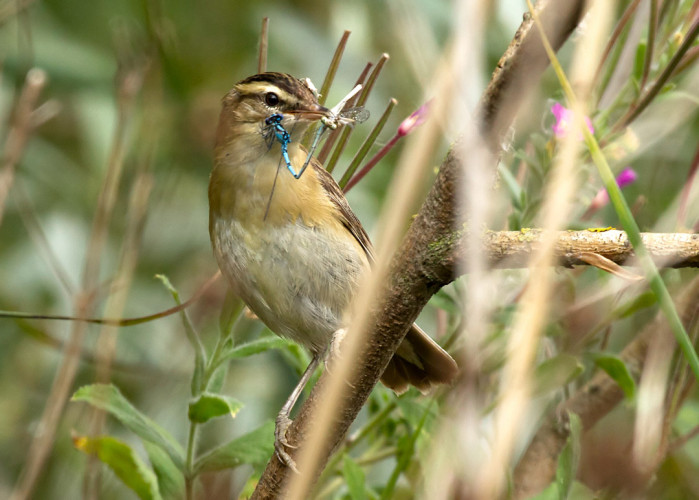
Declines in invertebrates and birds – could they be linked by climate change?
Are the declines of birds and invertebrates linked by climate change?
Many of the detected effects of climate change on biodiversity have occurred through impacts on food chains.
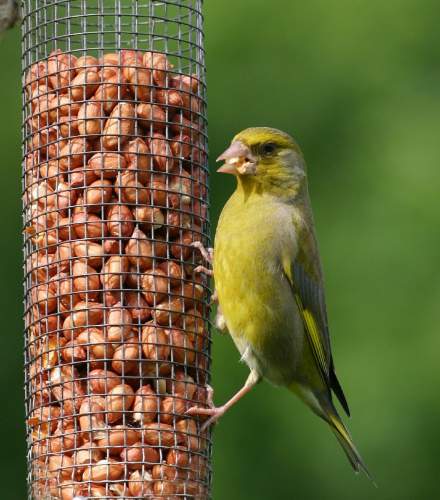
Effects of winter food provisioning on the phenotypes of breeding blue tits
Does garden feeding shape populations?
Feeding wild birds is a popular pastime and many of us provide seed and other foods to help our feathered friends. But what impact does all this food have?
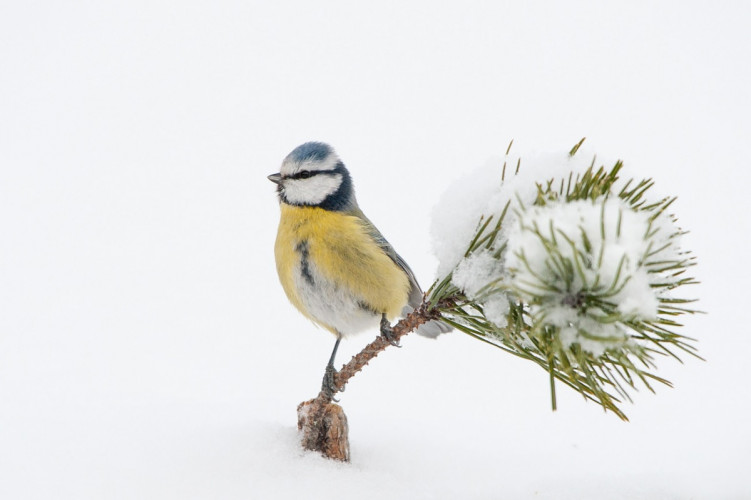
Evidence that rural wintering populations supplement suburban breeding populations
Passerines may be sufficiently plastic to track temperature-mediated shifts in optimum lay date
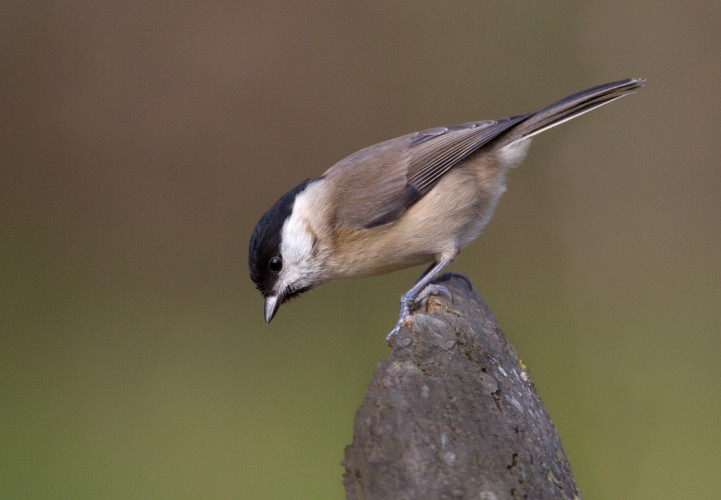
Temporal avoidance as a means of reducing competition between sympatric species
Do Marsh Tits modify their behaviour to reduce competition?
Competition between species has been put forward as a possible reason for the declines seen in some bird species, including Marsh Tit and Willow Tit, but confirming a causal link between competitio
Links to more studies from ConservationEvidence.com
Would you like to search for another species?






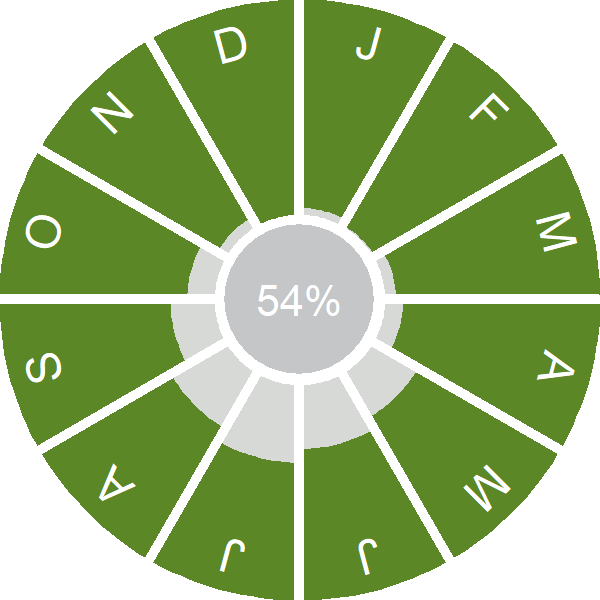






Share this page